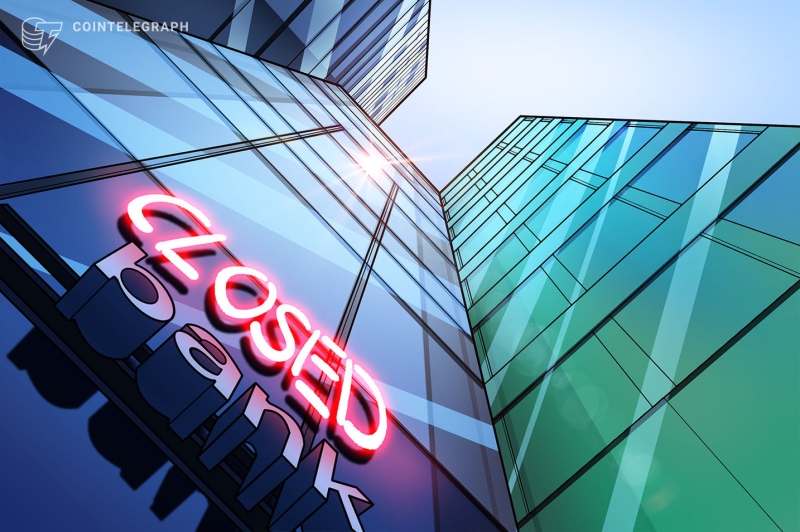Heartland Tri-State Bank of Elkhart was closed on July 29, with the Federal Deposit Insurance Corporation (FDIC) taking control.
The ongoing crisis surrounding the U.S. banking system struck again as Heartland Tri-State Bank of Elkhart was closed on July 29 by the Kansas Office of the State Bank Commissioner, with the Federal Deposit Insurance Corporation (FDIC) taking control.
On July 31, the four branches of Heartland Tri-State Bank will reopen as branches of Dream First Bank under normal business hours, the FDIC noted in a statement. Depositors of the failed bank will become customers of Dream First Bank, meaning that withdrawals, deposits, and loan transactions will be processed through Dream First Bank. Customers of Heartland Tri-State Bank should continue to use their existing branch location until the bank has completed the transition.
Heartland Tri-State Bank is the first bank to collapse since troubled First Republic Bank was acquired by J.P. Morgan in May after efforts to rescue the company failed. It also follows the dramatic collapse of Silicon Valley Bank in March that triggered days of chaos in the US banking system.
This evening, the Kansas bank commissioner closed Heartland Tri-State Bank of Elkhart. To protect depositors, the FDIC entered into an agreement with Dream First Bank of Syracuse, Kansas, to assume all of the deposits of Heartland Tri-State Bank. https://t.co/bQs4bnhEN2 pic.twitter.com/e62HdCSiXN
— FDIC (@FDICgov) July 28, 2023
The Heartland Tri-State Bank collapse also marks the second bank crisis of the week. On July 25, PacWest merged with Banc of California, with both banks seemingly looking to shore up amidst the banking industry turmoil.
Behind the bank’s failures is believed to be the rising interest rates in the United States along with poor risk management from financial institutions. The Federal Reserve increased its benchmark rate over the past year to more than 5.25% in July — the highest rate since 2007 — in an effort to curb inflation in the country. In June, the inflation rate in the U.S. was 4.1% year-over-year.
Heartland Tri-State Bank had approximately $139 million in total assets and $130 million in total deposits as of March. Along with deposits, Dream First Bank agreed to purchase all the failed bank’s assets.
The FDIC estimates that the cost to the Deposit Insurance Fund (DIF) will be $54.2 million. The DIF is an insurance fund created by Congress in 1933 and managed by the FDIC to protect the deposits at the nation’s banks. “Compared to other alternatives, Dream First Bank, National Association’s, acquisition was the least costly resolution for the DIF,” said the FDIC.
Democrats with the House Financial Services Committee have introduced several bills in June in what they described as the “first wave” of legislation aimed at addressing failures at major banks.
“The failures of Silicon Valley Bank, Signature Bank, and First Republic Bank make clear that it is past time for legislation aimed at strengthening the safety and soundness of our banking system and enhancing bank executive accountability,” said at the time Congresswoman Maxine Waters. “Congress must not sit idly by.”
Magazine: Unstablecoins: Depegging, bank runs and other risks loom
